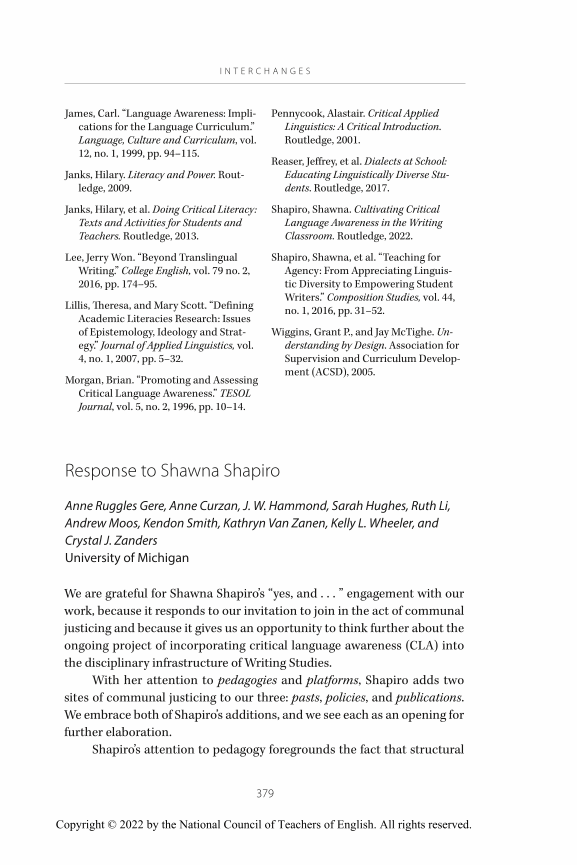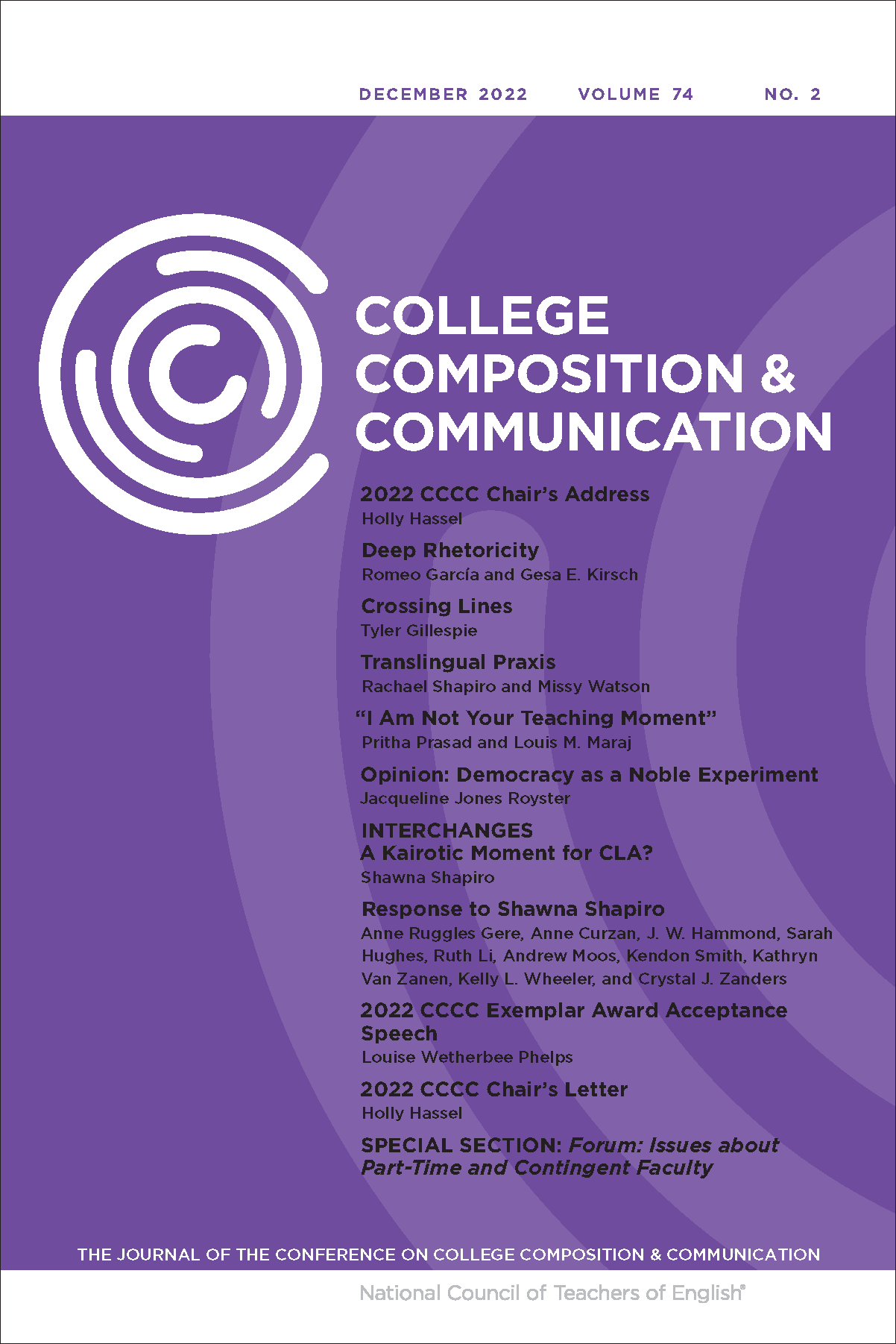
Full text loading...

Interchanges: Response to Shawna Shapiro, Page 1 of 1
< Previous page | Next page > /docserver/preview/fulltext/ccc/74/2/collegecompositionandcommunication32281-1.gif
There is no abstract available.

Article metrics loading...

Full text loading...
References


